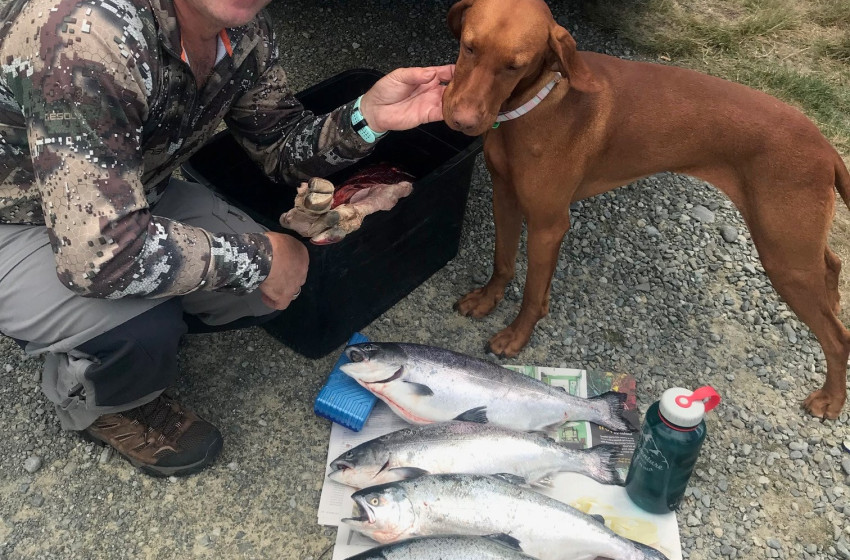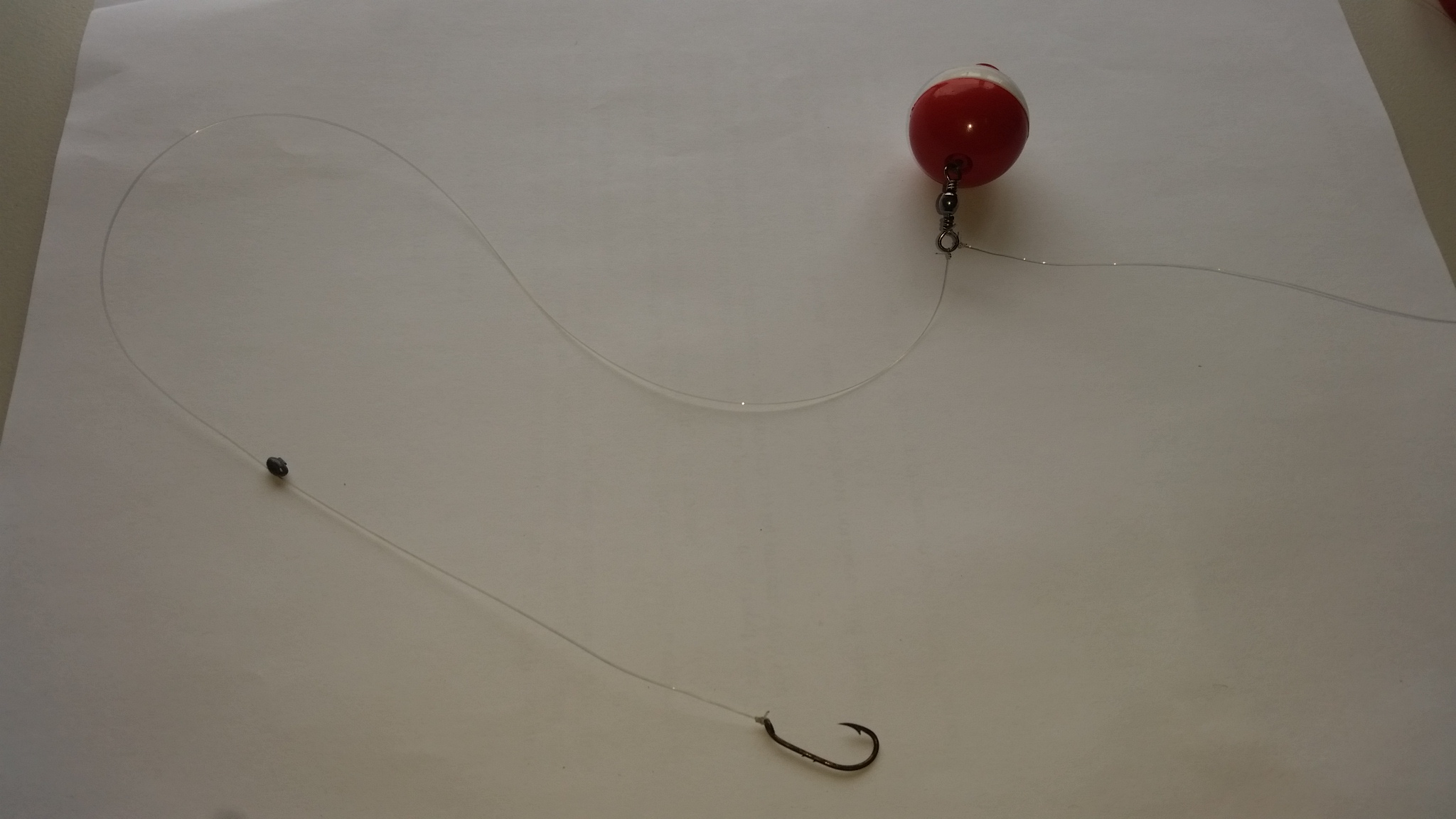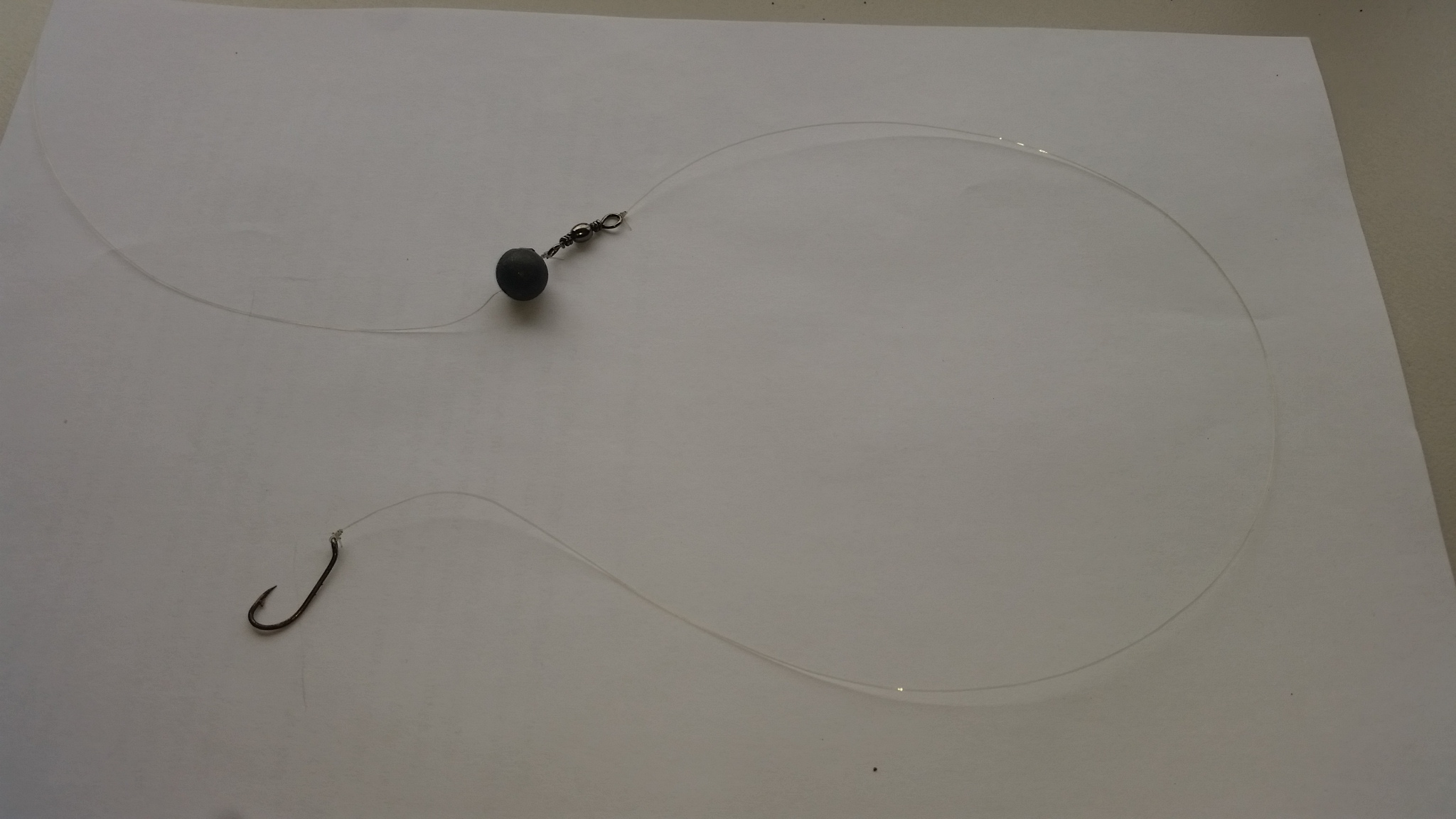Weekly Fishing Report – Central South Island Region – 27/12/18
- Central South Island
- 27/12/2018
- Richie Cosgrove

I hope you’re all enjoying the holiday period and have had a cast already.
If you haven’t, the weather looks good tomorrow (Friday 28th).
The forecast for the week ahead shows some windy and showery westerly and southerly fronts, nothing too serious, but there are some spells of rain forecast.
If you have a small boat and want to fish a big lake, I’d suggest you keep up to date with the forecasts as there will be some strong winds at times too.
Above Right: Callum Wood and his catch from the 22nd and 23rd of December.
Many of our rivers are still high from all the rain we have had over the last fortnight.
On Wednesday afternoon the Rangitata, Temuka and Opihi were all a great clarity for spin fishing while the Ashburton and Orari were still discoloured.
There is not a huge amount of rain in the forecast region-wide, and I for one, am optimistic that river flows and fishing conditions will improve over the next week.
The Tekapo Canal has been fishing great for salmon recently.
Although it appears the catch rate has slowed down again, it would still be worth a visit if your fishing the Mackenzie Basin area and are targeting salmon.
Fish & Game Officer Mark Webb was ranging there on Sunday and said that soft baits and shrimp baits were catching salmon.
He met Callum Wood on the canal who had a great weekend, catching two salmon on Saturday night, two salmon on Sunday morning and had successfully hunted a fallow deer.
Mark said there was the occasional fish caught throughout the rest of the canals and angler number were moderate.
For those with kids to care for these holidays, why not take them fishing. No doubt a few fishing rods would have been unwrapped on Christmas day.
I’ll admit this can be a slightly daunting task, that’s why at this time last year, I put together a write up on tips to make fishing with kids successful.
Here’s the link to that article.
If your new to fishing, young or old, here are some local holiday fishing tips for you.
If catching and eating a fish is your number one priority, I suggest you go bait fishing at a lake that has a large trout population.
Lakes Opuha and Benmore are great examples.
For some of our CSI waterways including lakes, bait fishing is not permitted.
Be sure to read the regulation guide here to make sure you are legal.
I suggest using a worm as a bait, but an alternative bait that can be purchased, would be a shrimp (crustacean).
A shrimp is far easier to hook-up too.
In either case you should attempt to thread the bait onto the hook so that the long part (shank) of the hook is covered by the bait but leave the sharp point exposed.

float rig - adding a small split shot (pictured) will aid your bait to sink under the float.
There are many goods ways to rig you line for bait fishing.
For simplicity and to adhere to the regulations I always recommend using one hook and one bait for novice anglers.
I’ll describe and provide a picture of two basic rigs I have used to catch trout.
Float fishing: Attach a float between your mainline and a trace, depending on the water depth the trace will usually be 20-60cm long of 8lb breaking strain nylon or fluorocarbon.
Attach your hook to the end of the trace, add bait.
If your bait floats, attach a split shot (small crimp on sinker) to the trace.
If you don’t have split shot you could tie on a spare swivel.
Watch your float, when it gets pulled under water, strike and wind in your trout.
If it is windy your float will get blown around, sometimes this can be an advantage as your bait will drift through more trout habitat.
If your float gets blown to the shore quickly then switch to a sinker rig.

sinker rig - a simple and effective bait fishing rig
Sinker fishing: On your mainline thread on a small sinker (1/4 or 1/2 ounce typically) and then tie your mainline to a swivel.
Your sinker will be able to move along the mainline.
Tie a 30-90cm trace of 8lb breaking strain nylon or fluorocarbon to your swivel and tie on your hook. Add bait.
Check your bait and recast in a slightly new position every 10-20 minutes.
Hold your rod or put it in a rod holder.
When you feel a bite, strike and wind in your trout.
If you’re a boat angler that trolls without much luck, here are a few quick tips for you.
There are heaps of successful trolling lures, in fact, they all pretty much work.
They real key to success is fishing your lures at the right speed and depth.
As a rule of thumb, a good trolling speed is close to a steady rowing speed.
Just chugging along gently.
Far to often I see boats “water skiing” their lures, if you’re not catching any fish, I’d suggest slowing down.
You’re not trolling too slow until you regularly catch the bottom and get snagged.
If this happens a slight adjustment to deeper water may sort the problem.
Successful trollers expect to catch the bottom every so often, and they check their hooks for bits of weed every 20 minutes.
Trout food like bullies, snails and damselfly larva will often be found on the lake bed or weed beds, so that’s were the hungry fish will be.
If your boat can’t go slow then the next best option, given there is enough space on the water to be a courteous and safe boatie, would be to steer in zigzags or an S pattern. This will give your lure a slower swim speed.
And if you want a break from trolling, how about trying bait fishing… just use the methods I described in this report but from a boat.
You could anchor or drift if there is only a gentle breeze.
if you’re fishing a float rig I’d suggest fishing shallow areas, about 0.5-2m depth.
You will be able to see the lake bed and in the right conditions you will be able to spot the fish.
Cast you’re float rig about 5-10 metres in front of sighted fish, not at them as you will scare them away.
A sinker rig should work in all sorts of depths from a boat.
a group of anglers walk the Ohau C Canal bank bouncing their lures along the canal bed - credit R Adams
If your new to fishing the canals check out our canal pamphlet here.
Like all types of fishing, there is a lot of luck involved with catching a canal monster trout or delicious fat salmon.
Without doubt though, consistently catching these fish involves adapting to some key pieces of knowledge.
I’ll share a couple of key pieces of information that may help you to be successful at the canals.
The canals are very deep and often swift and most of the fish will be near the bottom.
The longer you can keep your lure, bait or fly on or near the bottom of the canal the higher the likelihood that a fish will bite your offering.
The faster the canals are flowing the heavier the lure or sinker required.
A common way for the canal experts to maximise their time fishing the canal bed is to ‘bounce’ their rigs along the bottom and walk at the speed of the current along the canal bank.
The sinker rig I explained, using a shrimp or prawn for bait can be used for that method.
The second key piece of information is that using 6-10 lb braid as your mainline, will give you better connectivity with your lures or bait.
This is important because canal trout are known to bite gently, so you need to feel these subtle bites and make a quick strike.
Braid, being thin in diameter and nearly stretch free gives you far more connectivity to your hook than nylon.
Do not connect you’re hook or lure to the braid, use 50cm - 2m of nylon or fluorocarbon trace as this will be less visible to the fish.
Waitaki trout tagging
Back in winter and spring we trapped hundreds of brown and rainbow trout at the start of their spawning migration from the Waitaki river up the Hakataramea River.
Each of these fish were tagged with a yellow plastic tag near their dorsal fin.
The tags are numbered.
If you fish the Waitaki River or its tributaries like the Hakataramea over the holiday period, please keep a keen eye out for tags.
If you catch a tagged trout please report the details to our office (csi@fishandgame.org.nz, 03 6158400).
The most important info to collect is: tag number, location and whether you kept or released it.
The information gained from this project will help us understand the importance of the spawning run up the Hakataramea to the entire lower Waitaki fishery.
All the best for the new year
Tight Lines
Rhys Adams, Central South Island Region Fish & Game Officer